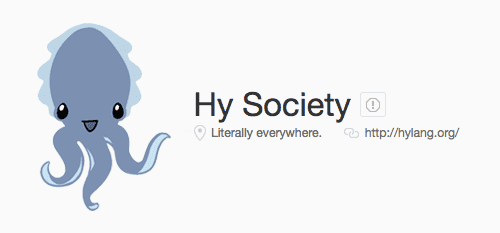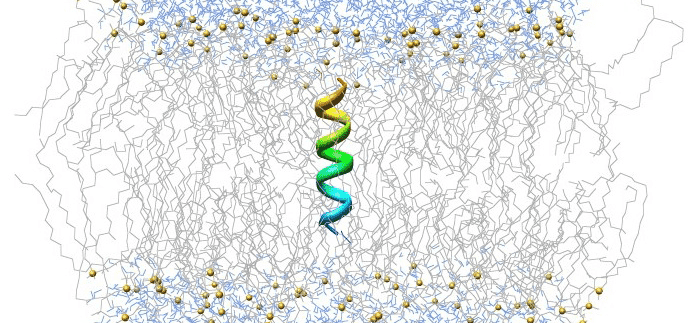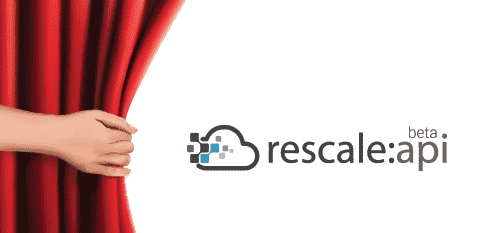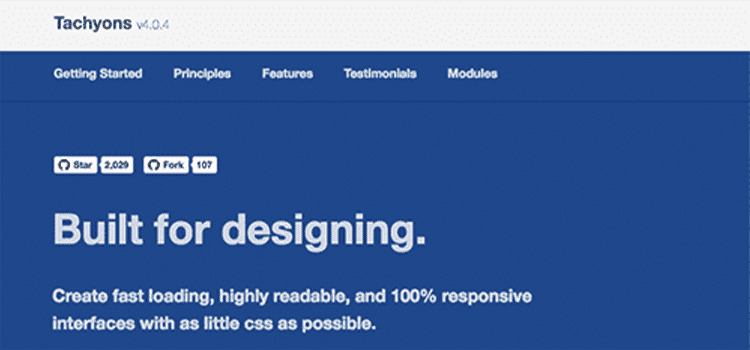Neural Networks using Keras on Rescale with Hy
As a long-time GNU Emacs user, I have come to take C-x C-e (eval-last-sexp) for granted. That is, in almost any file that I’m editing, I can insert a parenthesis expression wherever I am, hit C-x C-e, and get a result displayed in the minibuffer (or if programming in a lisp, in the REPL).
Many other languages provide console interfaces or REPLs, but they usually come as separate features of the language, rather than an assumed mode of interaction. I’ll admit that this is a superficial observation, but one could reframe this terms of a “script-centric” or a “REPL-centric” approach to user interaction. Imagine yourself learning a new programming language. A “script-centric” approach would quickly introduce you how to run a hello world program from a terminal (or IDE), whereas a “REPL-centric” approach would quickly introduce you how to drop into a REPL and evaluate the requisite expressions to achieve the hello world effect.
In other words, a “script-centric” approach conceptually separates the editing and evaluation cycles, whereas the “REPL-centric” approach is designed around a single flow of expression, evaluation, and feedback. Each method has its strengths and weaknesses, but for prototyping and experimentation, it’s hard to beat the feeling of “being with the code” from evaluating code right at the cursor. In Emacs, for languages in the lisp family, this is generally the expected method of interaction.
How might we demonstrate this? Well, my colleague, Mark wrote a tutorial on setting up a Keras training job back in February. The software has been updated since then, so we’ll create an updated version of that job; but instead of raw python, we’ll use hylang, which is basically a lisp for the Python interpreter.
Assuming you have a recent version of Emacs running (say, version 24 and up) with the Emacs package manager set up, you would want to install hy-mode (M-x package-install RET hy-mode RET), and one of the many lispy paren packages, e.g. paredit, smartparens, lispy.
In our new file, cifar10_cnn.hy, make sure you are on Hy mode. Then use M-x inferior-lisp to start a hy repl! Scroll to the bottom for a video demonstration of Emacs interaction.
1. First, let’s take care of the imports
1.1 Python
from __future__ import print_function from keras.datasets import cifar10 from keras.models import Sequential from keras.layers.core import Dense, Dropout, Activation, Flatten from keras.layers.convolutional import Convolution2D, MaxPooling2D from keras.optimizers import SGD, Adadelta, Adagrad from keras.utils import np_utils, generic_utils from six.moves import range
1.2 Rewriting this in hy:
(import [__future__ [print_function]]
[keras.datasets [cifar10]]
[keras.models [Sequential]]
[keras.layers.core [Dense Dropout Activation Flatten]]
[keras.layers.convolutional [Convolution2D MaxPooling2D]]
[keras.optimizers [SGD Adadelta Adagrad]]
[keras.utils [np_utils generic_utils]]
[six.moves [range]]
[numpy :as np])
51 words to 39. Not bad for succinctness!
2. Then let’s rewrite the constants
2.1 Python
batch_size = 32 nb_classes = 10 nb_epoch = 100 # input image dimensions img_rows, img_cols = 32, 32 # the CIFAR10 images are RGB img_channels = 3
2.2 Hy
(def batch_size 32
nb_classes 10
nb_epoch 100
;; input image dimensions
img_rows 32
img_cols 32
;; the CIFAR10 images are RGB
img_channels 3)
Hylang takes inspiration from Clojure, but unlike Clojure, allows multiple variable def-s by default. In this case, it’s quite handy.
3. The functions
Note that the input_shape argument order has changed since the previous version from (channels, rows, columns) to (rows, columns, channels)3.1 Python
def load_dataset():
# the data, shuffled and split between train and test sets
(X_train, y_train), (X_test, y_test) = cifar10.load_data()
print('X_train shape:', X_train.shape)
print(X_train.shape[0], 'train samples')
print(X_test.shape[0], 'test samples')
# convert class vectors to binary class matrices
Y_train = np_utils.to_categorical(y_train, nb_classes)
Y_test = np_utils.to_categorical(y_test, nb_classes)
X_train = X_train.astype('float32')
X_test = X_test.astype('float32')
X_train /= 255
X_test /= 255
return X_train, Y_train, X_test, Y_test
def make_network():
model = Sequential()
model.add(Convolution2D(32, 3, 3, border_mode='same',
input_shape=(img_rows, img_cols, img_channels)))
model.add(Activation('relu'))
model.add(Convolution2D(32, 3, 3))
model.add(Activation('relu'))
model.add(MaxPooling2D(pool_size=(2, 2)))
model.add(Dropout(0.25))
model.add(Convolution2D(64, 3, 3, border_mode='same'))
model.add(Activation('relu'))
model.add(Convolution2D(64, 3, 3))
model.add(Activation('relu'))
model.add(MaxPooling2D(pool_size=(2, 2)))
model.add(Dropout(0.25))
model.add(Flatten())
model.add(Dense(512))
model.add(Activation('relu'))
model.add(Dropout(0.5))
model.add(Dense(nb_classes))
model.add(Activation('softmax'))
return model
def train_model(model, X_train, Y_train, X_test, Y_test):
sgd = SGD(lr=0.01, decay=1e-6, momentum=0.9, nesterov=True)
model.compile(loss='categorical_crossentropy', optimizer=sgd)
model.fit(X_train, Y_train, nb_epoch=nb_epoch, batch_size=batch_size,
validation_split=0.1, show_accuracy=True, verbose=1)
print('Testing...')
res = model.evaluate(X_test, Y_test,
batch_size=batch_size, verbose=1, show_accuracy=True)
print('Test accuracy: {0}'.format(res[1]))
def save_model(model):
model_json = model.to_json()
open('cifar10_architecture.json', 'w').write(model_json)
model.save_weights('cifar10_weights.h5', overwrite=True)
3.2 Hy
TRAIN and TEST with a single step like so:(let [ [[X-train y-train] [X-test y-test]] (cifar10.load_data) ] )
(defn load-dataset []
;; the data, shuffled and split between train and test sets
(let [[TRAIN TEST] (cifar10.load_data)
[X-train y-train] TRAIN
[X-test y-test] TEST
;; convert class vectors to binary class matrices
Y-train (np_utils.to_categorical y-train nb_classes)
Y-test (np_utils.to_categorical y-test nb_classes)]
(print "OK")
(print "X_train shape: " X-train.shape)
(print (get X-train.shape 0) "train samples")
(print (get X-test.shape 0) "test samples")
;; hy tuple notation
(, X-train Y-train X-test Y-test)))
(defn make-network []
(doto (Sequential)
(.add (Convolution2D
32 3 3
:border_mode "same"
:input_shape (, img_rows img_cols img_channels)))
(.add (Activation "relu"))
(.add (Convolution2D 32 3 3))
(.add (Activation "relu"))
(.add (MaxPooling2D :pool_size (, 2 2)))
(.add (Dropout 0.25))
(.add (Convolution2D 64 3 3 :border_mode "same"))
(.add (Activation "relu"))
(.add (Convolution2D 64 3 3))
(.add (Activation "relu"))
(.add (MaxPooling2D :pool_size (, 2 2)))
(.add (Dropout 0.25))
(.add (Flatten))
(.add (Dense 512))
(.add (Activation "relu"))
(.add (Dropout 0.5))
(.add (Dense nb_classes))
(.add (Activation "softmax"))))
(defn train-model [model X-train Y-train X-test Y-test]
(let [sgd (SGD :lr 0.01 :decay 1e-6 :momentum 0.9 :nesterov true)]
(doto model
(.compile :loss "categorical_crossentropy" :optimizer sgd)
(.fit X-train Y-train
:nb_epoch nb_epoch :batch_size batch_size
:validation_split 0.1 :show_accuracy true
:verbose 1)))
(print "Testing...")
(let [res (model.evaluate X-test Y-test
:batch_size batch_size
:verbose 1
:show_accuracy true)]
(-> "Test accuracy {}"
(.format (get res 1))
(print))))
(defn save-model [model]
(with [ofile (open "cifar10_architecture.json" "w")]
(ofile.write (model.to_json)))
(model.save_weights "cifar10_weights.h5"
:overwrite true))
Notice how using doto here really simplifies repetitive assignment. Since expressions evaluate to the final form inside them, which gets passed through by doto, our model setup in make-network doesn’t even require a variable name.
Hylang also supports the handy threading macros (->) a la clojure, which makes it easy to chain statements together; in this example, we just thread the format string through the .format function, then print it.
4. The main runner block
4.1 Python
if __name__ == '__main__':
X_train, Y_train, X_test, Y_test = load_dataset()
model = make_network()
train_model(model, X_train, Y_train, X_test, Y_test)
save_model(model)
4.2 Hy
(when (= --name-- "__main__")
;; added for reproducibility
(np.random.seed 1)
(let [[X-train Y-train X-test Y-test] (load-dataset)]
(doto (make-network)
(train-model X-train Y-train X-test Y-test)
(save-model))))
5. A quick video
hylang file into emacs and run it through the hy REPL, evaluating the statement on point (which show up as ^X ^E in the key overlay), and otherwise switching back and forth between the REPL and the edit buffer.Towards the end, you can see how I missed the
numpy import, added the import to the (import ...) form, and re-evaluated the entire import form. I moved the cursor to the end of the form and used eval-last-sexpto evaluate the expression, but could have also used Ctrl Alt x or lisp-eval-defun, which would evaluate the top level expression surround the cursor.Since
load-dataset and make-network take no arguments, it is convenient to wrap the function bodies in a let or doto expression (or form), repeatedly evaluating the block at-point, checking the REPL output, and when satisfied, wrap the let block into a defn form.6. Running it on the platform
hy compiler by running
pip install git+https://github.com/hylang/hy.git
then simply calling hy cifar10_cnn.hy to replicate Mark’s previous example output.
(note that in this example, we’re running the latest version (version 0.11.0, commit 0abc218) of hylang directly from GitHub). If you installed hy using pip install hy it may be using an older assignment let/with syntax.
A ready-to-run example can be found here. In addition, a tangible version of this post can be found on github.
7. Pardon the pun
hy files and py files?






